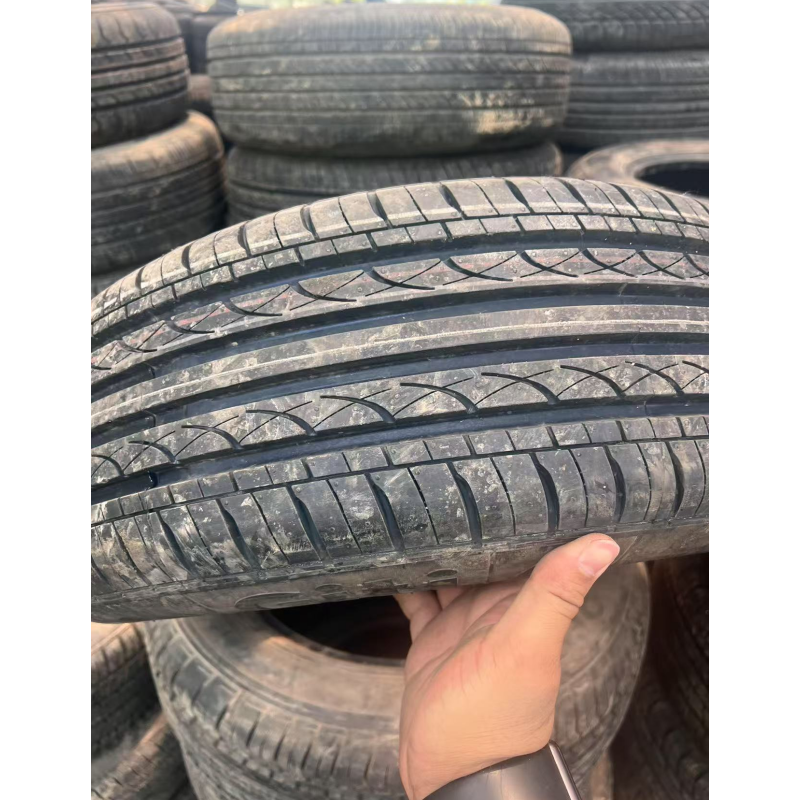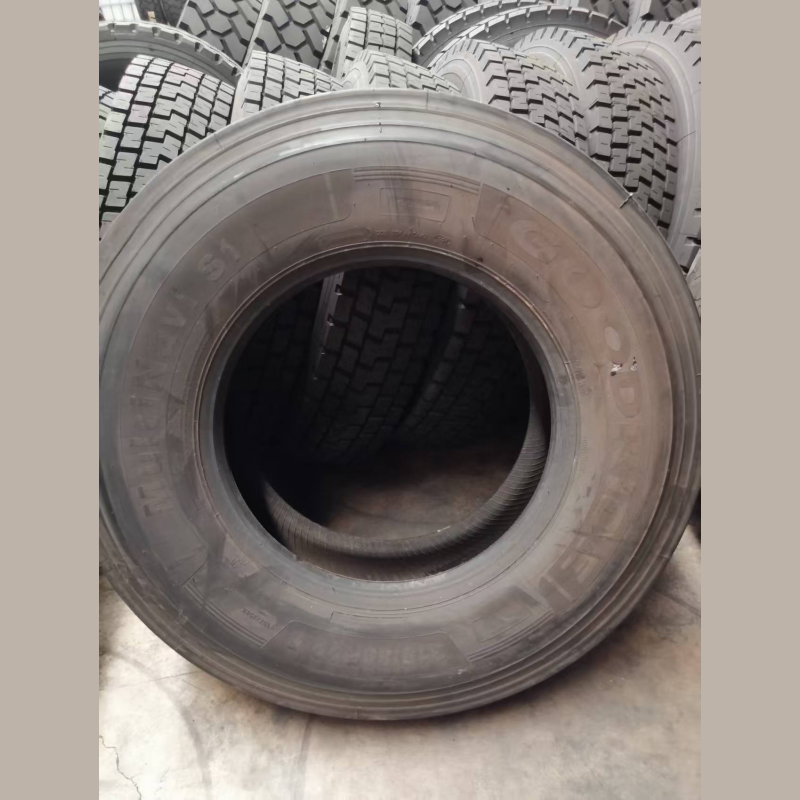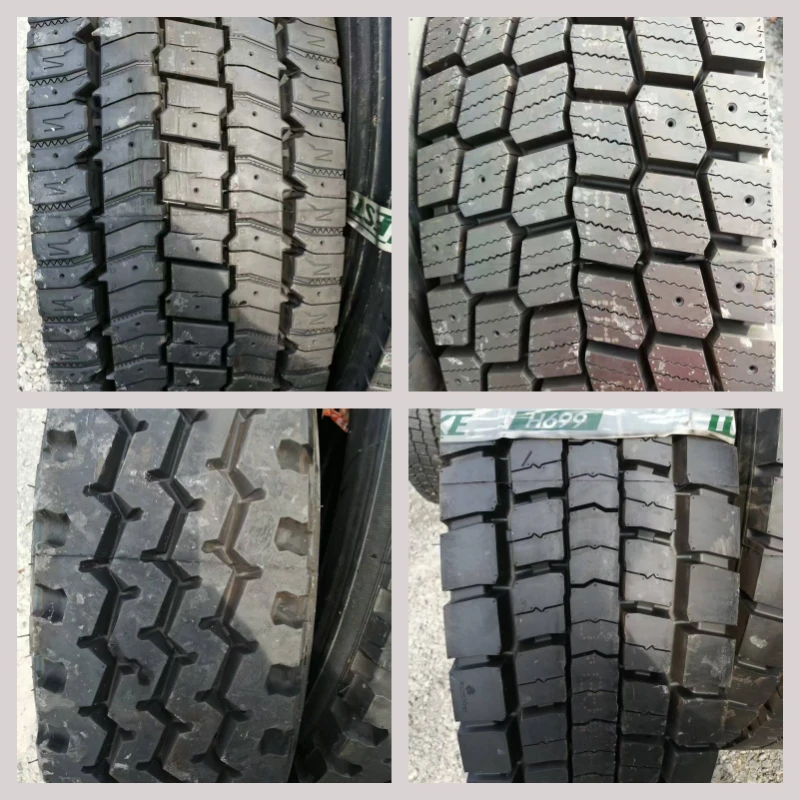As global automotive costs rise and sustainability becomes a priority, more drivers, fleet operators, and tire distributors are turning toward used tires as a practical and eco-friendly alternative. In 2024, the global used tire market was valued at USD 5.3 billion, and industry forecasts indicate an annual growth rate of 6.2% from 2024–2030, driven by cost savings, environmental concerns, and improved quality standards.
For many buyers, choosing used tires is not just a budget decision—it is a strategic choice that balances performance, affordability, and sustainability. This article explores the key benefits of buying used tires, supported by real industry data, market statistics, and technical insights. Several data tables are also provided to improve clarity and help decision-making.
Cost Savings: The Most Significant Benefit
Without question, the biggest benefit of buying used tires is the dramatic reduction in cost. New tires—especially premium brands—have risen in price by 15–25% between 2021 and 2024, according to industry retail statistics.
Average Cost Comparison: New Tires vs. Used Tires (Global Market 2024)
| Tire Type | Average Price (New) | Average Price (Used) | Cost Savings |
|---|---|---|---|
| Passenger Car (PCR) | $70–$120 | $20–$45 | 55–75% |
| SUV / 4×4 | $120–$250 | $40–$80 | 50–70% |
| Truck & Bus (TBR) | $250–$450 | $70–$160 | 60–75% |
| Industrial Tires | $500–$900 | $150–$350 | 55–70% |
On average, buyers save 60–75% per tire, which makes used tires extremely attractive for:
Fleet operators
Vehicle rental companies
Taxi/ride-hailing services
Drivers of older cars
Tire wholesalers seeking high-margin resale products
Key takeaway:
Used tires offer the highest cost-efficiency ratio in the tire industry without compromising safety when purchased from reputable suppliers.
For detailed information on used tire prices, please see: Used Tire Prices: A Comprehensive Guide to Pricing, Quality, and Importing from China
Environmental Benefits: A Sustainable Automotive Choice
Every year, more than 1 billion tires reach the end of their initial life cycle. Unfortunately, over 32 million tons of waste tires are generated globally, and disposal remains a challenge.
Purchasing used tires can reduce environmental impact in three major ways:
Environmental Impact Comparison (Per Tire)
| Factor | New Tire | Used Tire | Environmental Benefit |
|---|---|---|---|
| CO₂ Emissions | 90–110 kg during manufacturing | Near zero (no remanufacturing) | Saves up to 100 kg CO₂ |
| Raw Materials | Requires rubber, oil, steel, chemicals | No new materials | Reduces resource demand |
| Waste Reduction | Adds to disposal loads | Extends tire lifespan | 1 less tire in landfills |
According to the European Tire & Rubber Manufacturers Association (ETRMA), extending a tire’s life by even 20–30% can reduce total tire waste by 500,000 tons annually.
Sustainability takeaway:
Buying used tires helps protect natural resources, cuts carbon emissions, and supports a circular economy.
Reliable Quality: Used Tires Are Better Than Ever
A common misconception is that used tires are unsafe. In reality, reputable suppliers implement strict inspection protocols to ensure durability, safety, and performance.
The U.S. Department of Transportation (DOT) and EU ECE certification have raised global inspection standards. Today, more than 65% of used tires on the international market meet formal safety criteria.
Typical Used Tire Inspection Standards (Supplier Benchmark)
| Inspection Step | Industry Standard | Resulting Assurance |
|---|---|---|
| Tread Depth Check | ≥ 3 mm | Ensures traction & longevity |
| Sidewall & Structural Scan | Visual + touch inspection | Detects cracks, bulges, separations |
| Air Pressure & Leak Test | 40–50 PSI test | Confirms airtightness |
| Balance & Roundness | Machine-tested | Reduces vibration & noise |
| Age Verification | ≤ 5 years | Matches global safety regulations |
Top-tier suppliers, such as Qingdao Royal Mile Co., Ltd., even use 5-step inspection systems that comply with:
EU ECE R30 / R54
U.S. DOT
Malaysia SIRIM
GCC Standardization (Middle East)
Quality takeaway:
Modern used tires are thoroughly tested and certified, making them a safe alternative to brand-new tires.
View related products:
Buy Wholesale Used Tires for Your Shop: A Complete Guide
Buy Used Tires in Bulk at a Cheap Price
Used Tire Wholesale Solutions Bulk Supply for Retailers and Fleets
Extensive Variety and Availability
Used tire suppliers now offer an impressively wide range of tire types and sizes. This makes sourcing easier, especially for distributors serving diverse customer needs.
Availability Comparison: New vs. Used Tires
| Tire Category | New Tire Market Availability | Used Tire Market Availability | Notes |
|---|---|---|---|
| Passenger Car (PCR) | High | Very High | Most widely recycled tire |
| SUV / UHP | Medium | High | Popular for mid-range buyers |
| Truck & Bus (TBR) | High | Very High | Strong demand in Africa & Southeast Asia |
| Industrial | Low | Medium | Often limited in new tire inventories |
| Seasonal Tires | High (in developed markets) | High | Winter tires in EU and Japan |
Used tires can also help fill supply chain gaps, especially during periods of global rubber shortages or spikes in logistics costs.
Excellent for Short-Term or Low-Mileage Vehicles
Not every vehicle needs expensive new tires. Used tires are ideal for:
Cars nearing end-of-life
Leased vehicles returned soon
Seasonal vehicles
Drivers with annual mileage under 10,000 km
Spare tires and temporary replacements
In fact, a 2023 U.K. consumer mobility study showed that 42% of urban drivers do not exceed 8,000 km per year, meaning a quality used tire with 60–70% tread can last 2–3 years.
High Profit Margins for Tire Resellers and Wholesalers
For tire dealers and wholesalers, used tires have become a highly profitable product category. Lower acquisition costs and strong global demand—particularly in Africa, Southeast Asia, Latin America, and the Middle East—produce attractive margins.
Wholesaler Profit Margin Comparison
| Tire Type | Average Margin (New Tire) | Average Margin (Used Tire) |
|---|---|---|
| PCR | 10–18% | 25–45% |
| SUV / UHP | 12–20% | 30–50% |
| TBR | 8–15% | 20–40% |
Used tires allow distributors to:
Increase return on investment
Serve broader market segments
Offer competitive pricing
Expand into developing markets
Compliance & Global Trade Growth Boost the Industry
Used tire regulations have become more standardized, making international trade easier and more transparent. Many countries now accept imported second-hand tires as long as they pass basic safety tests.
Top Importing Markets (2024 Data)
| Region | Demand Growth | Key Drivers |
|---|---|---|
| Africa | +12% | Cost savings, urbanization |
| Southeast Asia | +9% | Mobility expansion, fleet growth |
| Middle East | +7% | Logistics/transport needs |
| Eastern Europe | +6% | Affordable replacements |
The easier it becomes to move used tires across borders, the stronger the industry grows.
Retreadability: Extending Tire Life Even Further
One of the strongest arguments for using used tires is that many can be retreaded, giving them a “second life.”
A quality TBR casing can be retreaded 1–3 times depending on its condition.
Environmental Impact of Retreading
| Factor | New Tire | Retreaded Tire | Savings |
|---|---|---|---|
| Oil Used | 26 L | 9 L | 65% saved |
| Rubber Material | 100% | 25–30% | 70–75% saved |
| CO₂ Emissions | 100% | 30–40% | 60–70% reduced |
This makes retreading especially beneficial for:
Trucks, buses, and heavy-duty vehicles
Mining and construction fleets
Government and municipal vehicle operators
Why Qingdao Royal Mile Co., Ltd. is a Trusted Leader in Used Tires
After understanding the benefits of used tires, choosing the right supplier becomes crucial.
Qingdao Royal Mile Co., Ltd. stands out as a global leader thanks to its quality assurance, strict inspection procedures, and integrated recycling solutions.
1. Strong Industry Positioning
Royal Mile specializes in:
Used tires (PCR, SUV, TBR, OTR/industrial)
Retreaded tires & B-grade tires
Tire retreading materials
One-stop tire recycling / tire plant solutions
This unique combination allows the company to control quality from raw materials to finished products.
2. 5-Step Quality Control System
Every used tire undergoes:
Tread Depth Test (≥ 3mm)
Internal and External Structure Assessment
Pressure & Balance Testing
Age Verification (≤ 5 years)
Cleaning & Refurbishment
Each tire is compliant with ECER30/54, DOT, SIRIM, and other international safety standards.
3. Strong Export Capability
Royal Mile exports 40% of its products to:
Southeast Asia
Africa
Middle East
Europe
Central & South America
With partnerships in major ports such as Shanghai, Busan, and Rotterdam, shipments are fast and smooth.
4. Technical & After-Sales Support
The company provides:
One-stop recycling plant setup
Technical training
Ongoing maintenance support
Sample orders and bulk discounts
24/7 customer service
This makes Royal Mile a long-term, win-win partner for tire distributors and fleet operators.
5. Commitment to Sustainability
By extending the lifecycle of tires through high-quality reuse and retreading, the company contributes to:
Reducing waste
Lowering carbon emissions
Promoting global circular economy
Conclusion
Buying used tires brings numerous benefits—from significant cost savings, environmental advantages, and quality reliability, to availability, strong resale margins, and global market growth. With modern inspection techniques and international safety standards, today’s used tires offer a smart, safe, and sustainable alternative to new tires.
For distributors, retailers, and fleet managers looking for a trusted supplier, Qingdao Royal Mile Co., Ltd. offers unmatched expertise, strict quality control, and comprehensive after-sales support. Their commitment to quality, compliance, and sustainable development makes them an ideal long-term partner for the global used tire industry. Contact us to purchase used tires.



